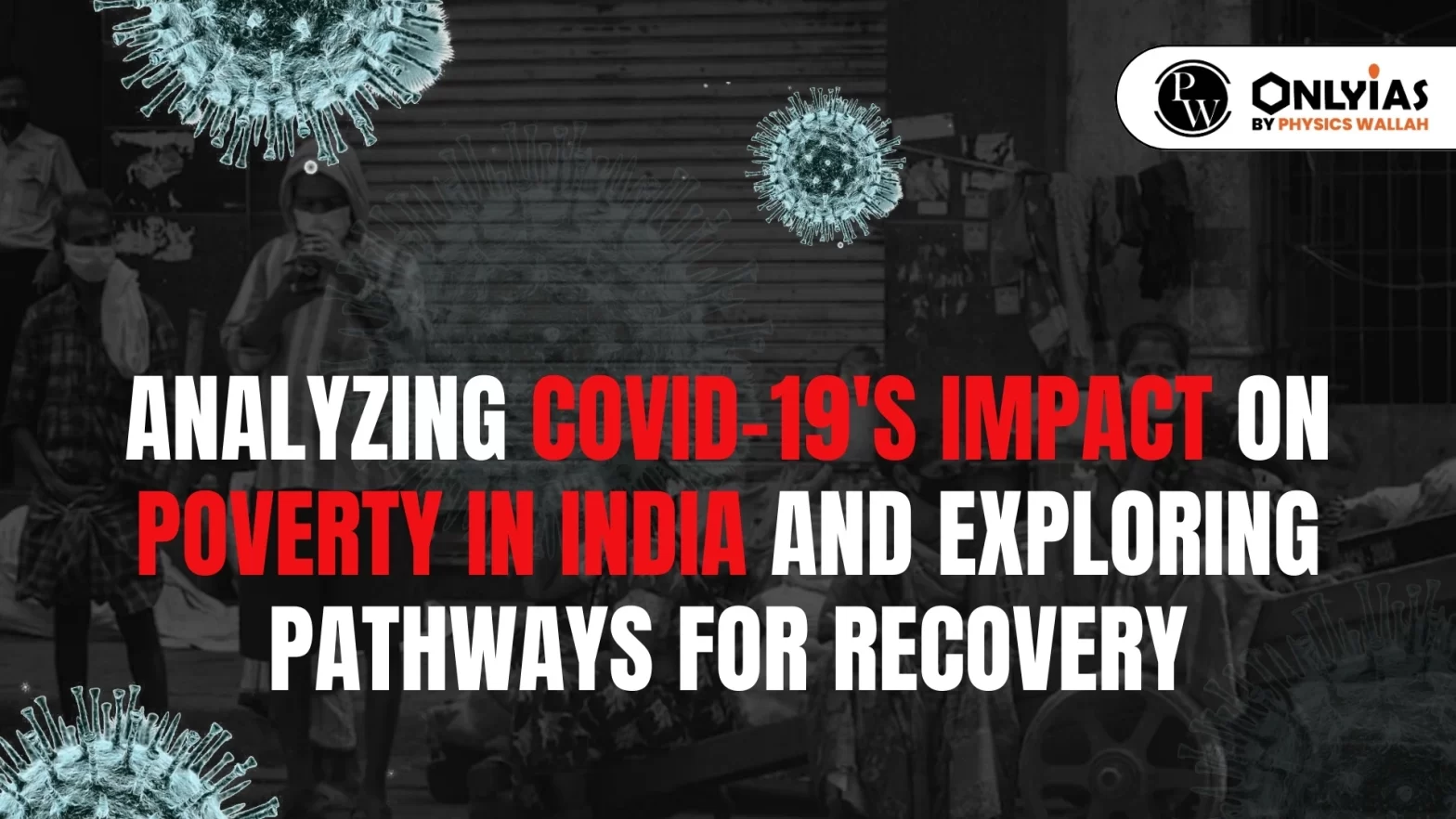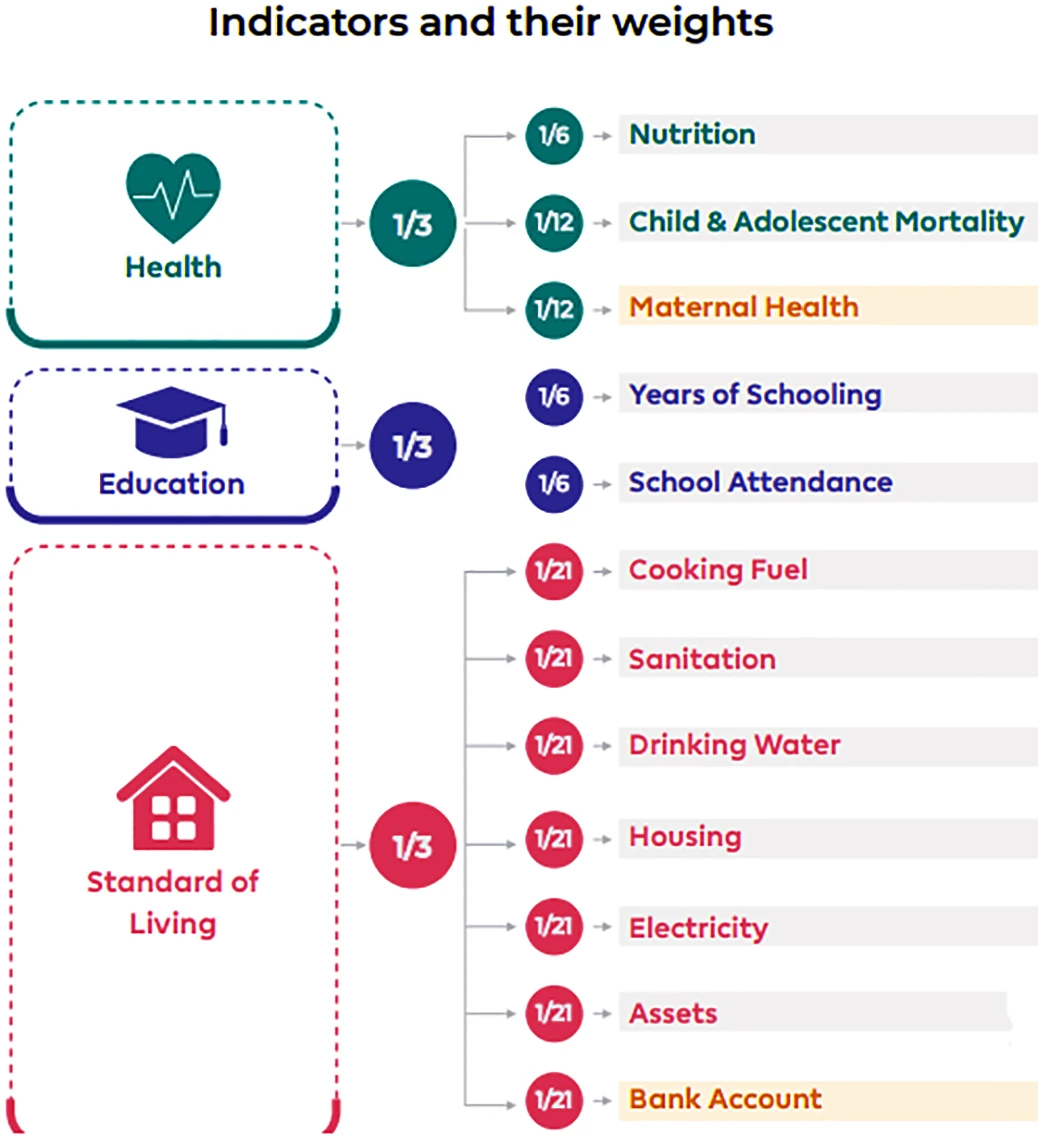![]() 9 Nov 2023
9 Nov 2023

Spread of Covid-19:
India under Lockdown: Janta Curfew:
First Lockdown (2020)
Second Lockdown (2021)
|
|---|
Multidimensional Poverty in India:
NITI aayog MPI:
|
|---|

| For example-The increased harvest and transportation cost, fall in general prices and market closures, amongst other factors had caused farmers to lose thousands of crores (₹70,500 crores for rabi season alone) in the initial phase of lockdown |
|---|
Pradhan Mantri Garib Kalyan Yojana/Package: It was a comprehensive relief package for the poor to help them fight the battle against CoronaVirus. This was announced in March 2020, to reach out to the poorest of the poor, with food and money in hands, so that they do not face difficulties in buying essential supplies and meeting essential needs. The package included the measures listed hereunder from 30th March 2020:
|
|---|
<div class="new-fform">
</div>
